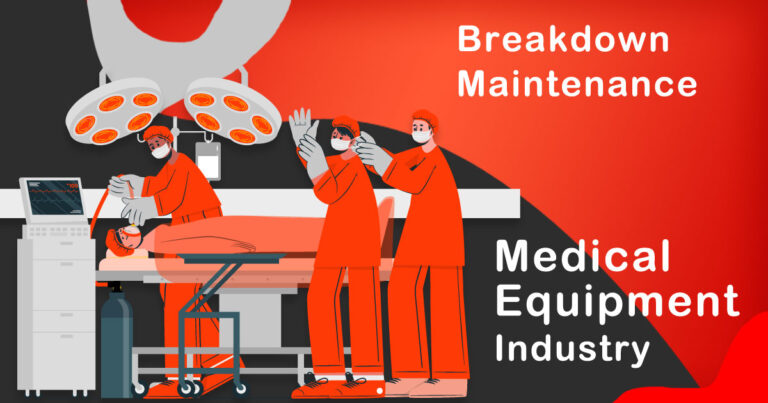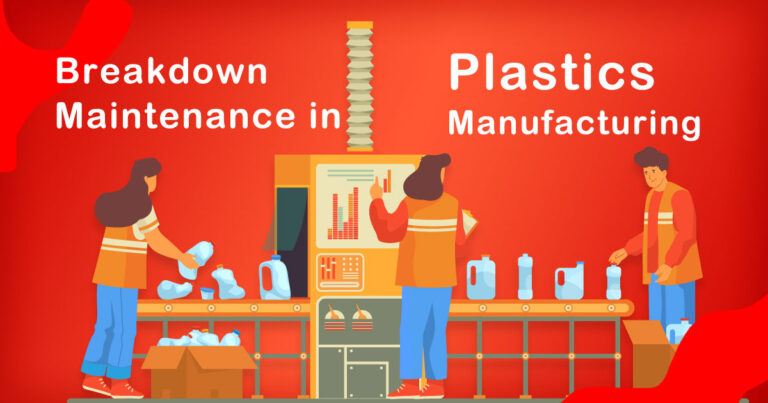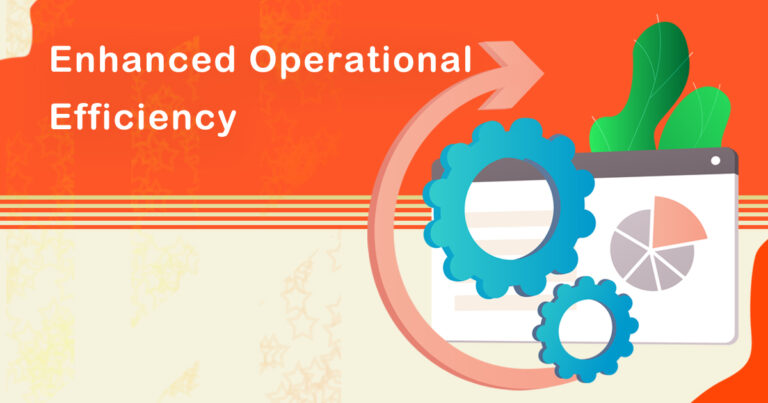Introduction
In India, maintenance plays a critical role in ensuring that machines, equipment, and facilities are always in good working condition. In many industries, maintenance teams often face challenges in meeting production targets and keeping downtime to a minimum. As a result, improving maintenance productivity has become a critical need in today’s competitive business environment. In this blog, we will discuss how to improve maintenance productivity, along with some research and facts that demonstrate the importance of this process.
Why is Maintenance Productivity Important?
Maintenance productivity is essential for ensuring that machines and equipment are always functioning correctly. It ensures that production targets are met, downtime is minimized, and safety standards are maintained. In addition, maintenance productivity also ensures that there is minimal wastage of resources such as energy, raw materials, and time.
According to a survey by Deloitte, companies that focus on maintenance productivity are 80% more likely to achieve their production targets and 50% more likely to reduce their downtime. Additionally, companies that invest in maintenance productivity are 70% more likely to reduce their maintenance costs.
Ways to Improve Maintenance Productivity:
- Conduct Regular Maintenance Audits:
Regular maintenance audits help identify areas that require improvement. By conducting a thorough audit, maintenance teams can identify areas that need improvement, such as equipment that requires replacement or maintenance, and areas that require further training. - Adopt Predictive Maintenance Techniques:
Predictive maintenance techniques use sensors and data analytics to identify potential problems before they occur. By adopting predictive maintenance, maintenance teams can detect and resolve problems before they lead to downtime, production delays, or equipment failure. - Invest in Training:
Investing in training is crucial for maintenance teams. It helps improve the knowledge and skills of maintenance personnel, enabling them to identify problems faster and implement solutions more efficiently. Additionally, training helps ensure that maintenance personnel are up-to-date with the latest technologies and techniques. - Use Data Analytics:
Data analytics plays a crucial role in improving maintenance productivity. By using data analytics tools, maintenance teams can collect data on machine performance, maintenance schedules, and other critical factors. This data can be used to identify patterns and trends, enabling maintenance teams to optimize maintenance schedules and identify areas that require improvement. - Implement a Preventive Maintenance Program:
Preventive maintenance programs are designed to prevent equipment failures and minimize downtime. By implementing a preventive maintenance program, maintenance teams can identify potential problems before they occur, reducing downtime and production delays. - Use Computerized Maintenance Management Systems:
Computerized maintenance management systems (CMMS) help automate maintenance processes, reducing the time and effort required to manage maintenance activities. CMMS systems can help maintenance teams schedule maintenance activities, track maintenance history, and manage work orders more efficiently.
Conclusion:
Improving maintenance productivity is critical for businesses in India to achieve their production targets and remain competitive in today’s market. By adopting these strategies, businesses can improve maintenance productivity, minimize downtime, and reduce maintenance costs. Regular maintenance audits, predictive maintenance techniques, training, data analytics, preventive maintenance programs, and computerized maintenance management systems are just some of the effective ways to improve maintenance productivity. Businesses that invest in maintenance productivity are more likely to achieve their production targets and reduce maintenance costs, resulting in improved profitability and competitive advantage.








